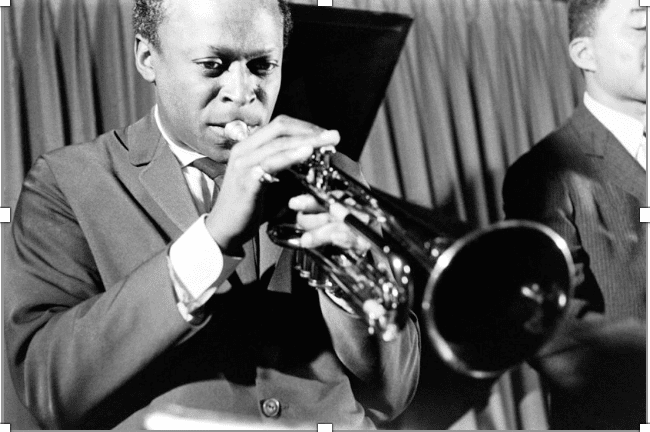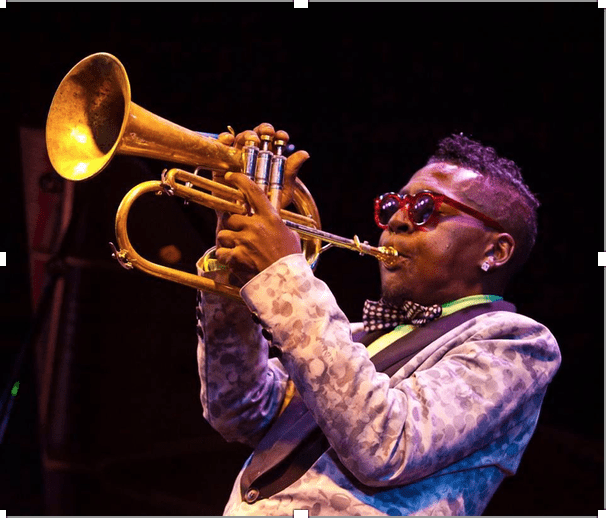“America’s Classical Music” or “African-American Classical Music” is what this genre has been dubbed. Jazz is widely regarded at the pinnacle of African-American music in the twentieth century. Defined by its “hallmarks of improvisation, syncopation, a rhythmic pulse known as swing, blues feeling, and harmonic complexity”, Jazz is unlike any other African-American musical genre.
Many genres of music were involved in the formation of Jazz. These include ragtime, blues, marches, African-American gospel and Negro spirituals, European classical music, American popular music, and music theater. To understand the development of Jazz, we must recognize the overlap of style in the genres just mentioned.
New Orleans is often considered the birthplace of Jazz. Known for its rich culture, the city was home to people of French, Spanish, Creole, and African American descent, as well as immigrants from Cuba and the Caribbean. With these various cultures came various musical sounds. From the combination of these sounds and genres Jazz was born in the African American community.
The city of Chicago soon became a destination for African Americans and New Orleans musicians. The musicians were drawn to the city as it was the place to go to record New Orleans Jazz. The migration of African Americans to the north during and after World War I made Chicago the primary destination for these musicians, though they had travelled across the country.
In addition to being the city in which to record, Chicago’s Southside clubs soon became integrated, attracting white musicians and audiences. However, Black musicians and club patrons were still forbidden to enter the White clubs on the Northside of the city. Jazz had become a culture of its own that possessed more interracial interaction than in mainstream American society.
As Jazz became more popular, sub-genres were created from the various sounds, styles and rhythms. Big Band (bands with larger instrumentation), Swing, Bebop, Cool Jazz, and Hard Bop, are the main subgenres that were played during the Jazz Era.
Though Jazz seem to breakdown color barriers in some instances, African Americans were still faced with racism, Jim Crown, segregation, terrorism, lynching, and all the atrocities that defined this pre-Civil Rights Movement Era. As the Civil Rights Movement gained ground, the African-American community called upon Jazz musicians to do their part in the cause by not performing for White only audiences. Most Jazz musicians heeded to the request, but also, did their part in the movement by performing benefit concerts, recording music with political themes, and attributing political meaning to certain Jazz aesthetics. Many would speak out and engage in dialogues about race and racism in American and in the Jazz industry. Quite a few Jazz musicians and artists faced verbal and physical abuse, jailtime for bogus charges, and had their performance license revoked for various causes, but mainly due to racism. Many fell prey to drugs, mental illness, and other atrocities due to the caustic racial environment in America. Others found refuge in other countries such as France, Belgium, Spain, and Germany, where European Whites welcomed them with open arms and they were free from the many racist restrictions they faced in America.
Between 1954 and 1964, modal Jazz emerged. This open-ended subgenre’s compositions reduced the number of harmonic changes in a piece, while allowing soloists to improvise for extended period over one or two chords. This gave soloists more freedom to superimpose a variety of modes, scales, voicings, and melodic ideas over any sonority.
In the early 1960s, another subgenre emerged called Free Jazz in which a dissonant harmonic style and abandonment of chorus structure and fixed harmonic changes were used to organize the improvisational flow. Often called avant-garde Jazz, this style of playing was often considered the beginning of the destruction of Jazz but was more so embraced by others who were committed to the new sound and freedom it offered artists. The style and movement fostered the creation of musical organizations such as Chicago’s Association for the Advancement of Creative Musicians (AACM 1965), and St. Louis’s Black Artists Group (BAG, 1968). These types of groups advocated for the free Jazz form of musical expression.
The 1980s saw many young Jazz musicians gravitating back to the golden age of modern Jazz (1945-1965). Jazz trumpeter Wynton Marsalis, who has been quite outspoken about the changes in Jazz over the years, inspired a group of young musicians who embraced the golden age of Jazz called the Young Lions. These musicians include trumpeters Roy Hargrove and Terence Blanchard, and pianists Marcus Roberts and Cyrus Chestnut. They embrace the style and promote the performing and education of traditional Jazz styles. These musicians have reintroduced to some and introduced to others the beauty of traditional Jazz. Many of these artists can be found in the recordings of other genres, such as R&B and Hip Hop, as these genres display the overlap of Jazz and even sample some original Jazz compositions.
Many believe Jazz is a dying art form, genre; however, Jazz continues to evolve and maintain its appeal to those listeners and artists who appreciate the sound and those who hear and use its original musical elements in various genres and styles all over the world.



